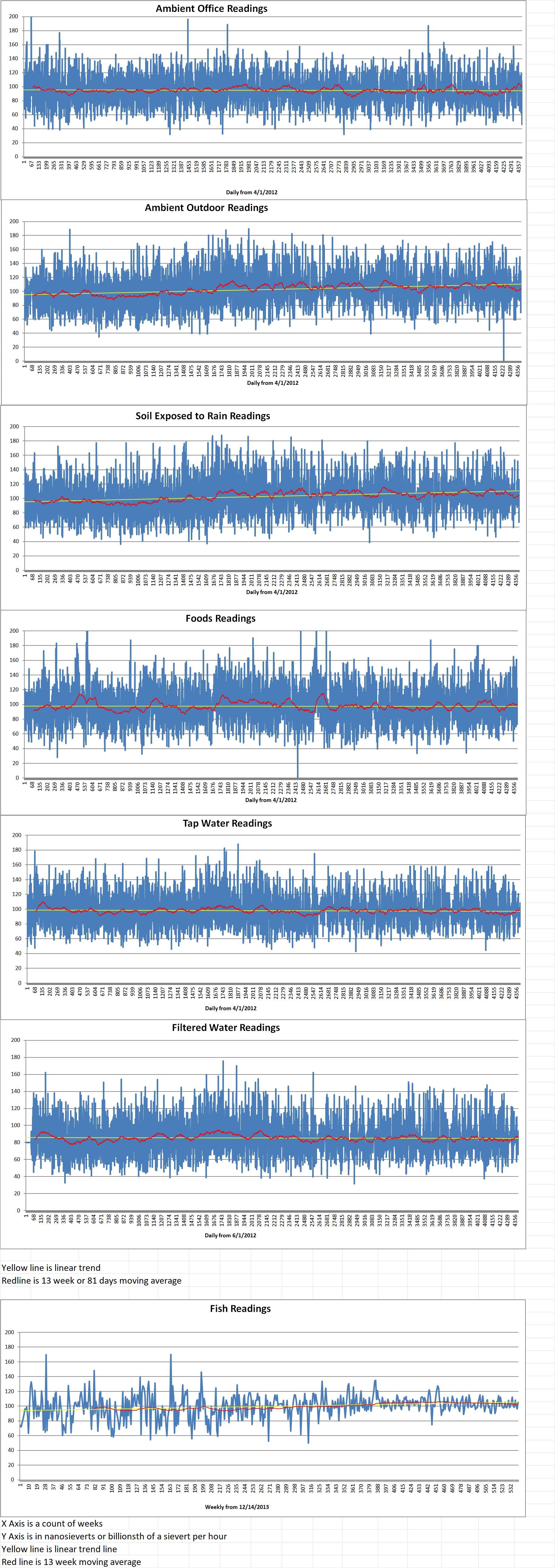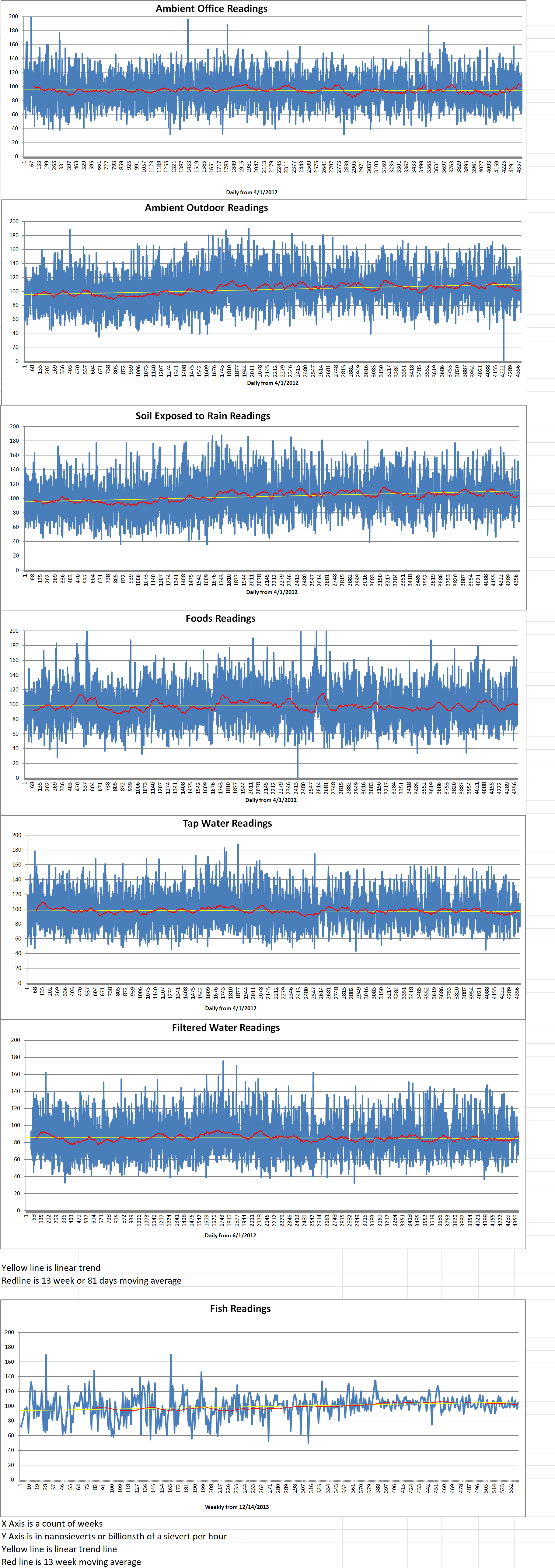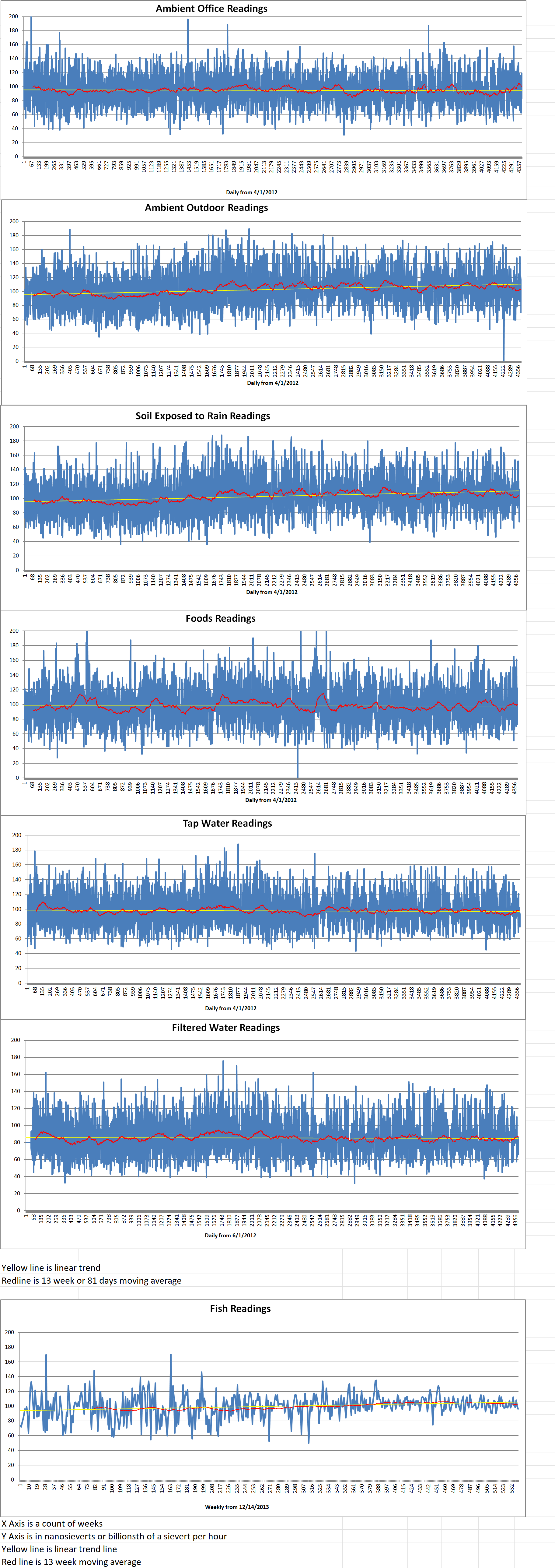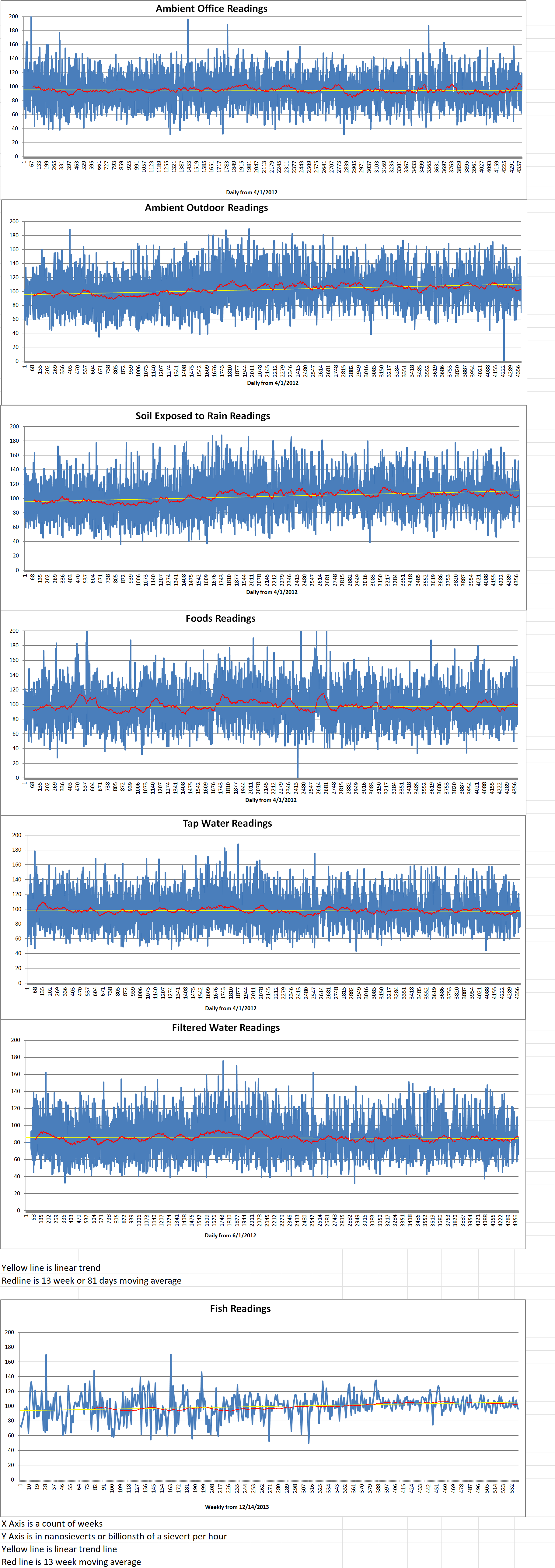A new report indicates Washington state could face an energy crisis within five years as its power capacity approaches its limit. The growing demands from AI and major tech companies like Amazon, Microsoft, and Google are causing a strain on the state’s energy resources.
Amazon just signed a deal with Energy Northwest and X-energy, investing in four new small modular reactors (SMRs) along the Columbia River in Richland near Hanford which is the most contaminated nuclear site in the U.S. Some groups are asking why we’re risking this again?
Leona Morgan is an indigenous organizer. During a panel hosted by the organization Columbia Riverkeeper, she said, “Nuclear kills, and nuclear is killing my people. Nuclear is what we call ‘a slow genocide.” Morgan says that the health impacts her family and other indigenous people face arise from radioactive exposure and contamination on their land.
Morgan added, “Just because we can’t see it, it’s out of sight out of mind, doesn’t mean it’s not happening. And if you need proof of it, come visit us. See an abandoned uranium mine anywhere in the world? On Navajo, we have over 2,000.”
The panel came just after Amazon’s SMR announcement. Riverkeeper maintains that nuclear energy is far from clean. Morgan added that “It’s the most expensive, complicated, dirtiest way to boil water.” She went on to explain that the carbon footprint of nuclear power is only counted at the power plant, not during the process to build it and the toxic waste left behind.
Billions of dollars in federal and local money go to fund nuclear site decommissioning and cleaning every year. Washington state just approved a record three billion dollars to spend on cleanup at the Hanford site this year.
According to Riverkeeper, the money Amazon is investing in SMRs near Hanford could be better invested in renewables like solar, wind and hydro. Members of Riverkeeper say that nuclear power isn’t the clean energy savior that big tech makes it out to be.
M.V. Ramana was a panelist at the Riverkeeper event. He said, “When it comes to companies like Google, Microsoft and Amazon, the public has plenty of reasons to be angry at them. These companies steal your data, they do bad things, they want to pretend to be good citizens. The reason they can use investment in nuclear energy as a way to pretend they are good citizens is because the hard work of convincing the public has already been done by the nuclear lobby.”
Ramana is the author of the book “Nuclear is not the Solution: The Folly of Atomic Power in the Age of Climate Change.” He says we should focus on energy conservation instead.
Kelly Rae works in corporate communications with Energy Northwest. She told an interviewer that the permits for the SMRs haven’t been secured yet, although lawmakers from Jay Inslee on down are already lining up behind the project.
Rae says that Amazon’s funding will pay for a feasibility study over the next two years, after which they are hopeful to fund the SMRs. If they’re successful, the electricity generated from the first four reactors would be available to Amazon only. Rae says that after that, other utility companies and municipalities could buy power to help Amazon fund additional reactors to provide energy for Washingtonians.
Energy Northwest is an association of 28 utility districts, including Seattle City Light, Tacoma Public Utilities and Snohomish County PUD. Amazon didn’t say how much it intends to spend on the project, or how much, if any, will come from Energy Northwest.
So far, there aren’t any other small modular reactors like the ones Amazon intends to invest in, operating in the U.S.







